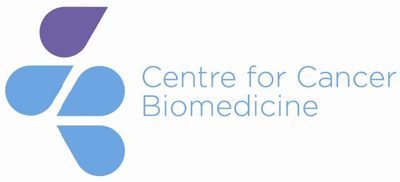Prof. Kalina Hristova speaks at CCB seminar June 21st at 13:00: Mechanism of FGF receptor dimerization and activation

The next CCB seminar will be held by professor Kalina Hristova from Johns Hopkins University, Baltimore.
Title of her talk: Mechanism of FGF receptor dimerization and activation
Time and place: Tuesday the 21st of June at 13:00 hrs, Auditorium, New research building, Institute for Cancer Research, Montebello.
Refreshments are served in the lobby after the seminar
Using Quantitative Imaging FRET, we show how fibroblast growth factor receptors (FGFRs) are activated by their ligands, establish the existence of multiple active ligand-bound states, and uncover a novel molecular mechanism through which FGFR-linked pathologies can arise. We demonstrate that the FGF receptors form dimers in the absence of ligand, and that these unliganded dimers are phosphorylated. We further demonstrate that the unliganded FGFR dimers undergo structural changes upon ligand binding, and that these structural changes increase FGFR phosphorylation. The structural changes that occur in response to binding of two ligands, fgf1 and fgf2, are very different, resulting in different phosphorylation levels of the FGFR dimers. The fgf2-bound dimer structure ensures the smallest separation between the TM domains and the highest possible phosphorylation, a conclusion which is supported by a strong global correlation between TM helix separation in the dimer and kinase phosphorylation, for wild-type FGFR3 and three FGFR3 mutants. Finally, we show that the pathogenic A391E mutation in FGFR3 TM domain emulates the action of fgf2, trapping the FGFR3 dimer in its most active state.
Centre for Cancer Biomedine home page
